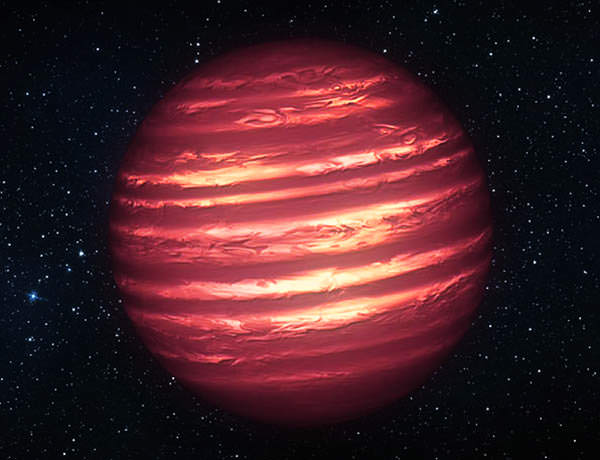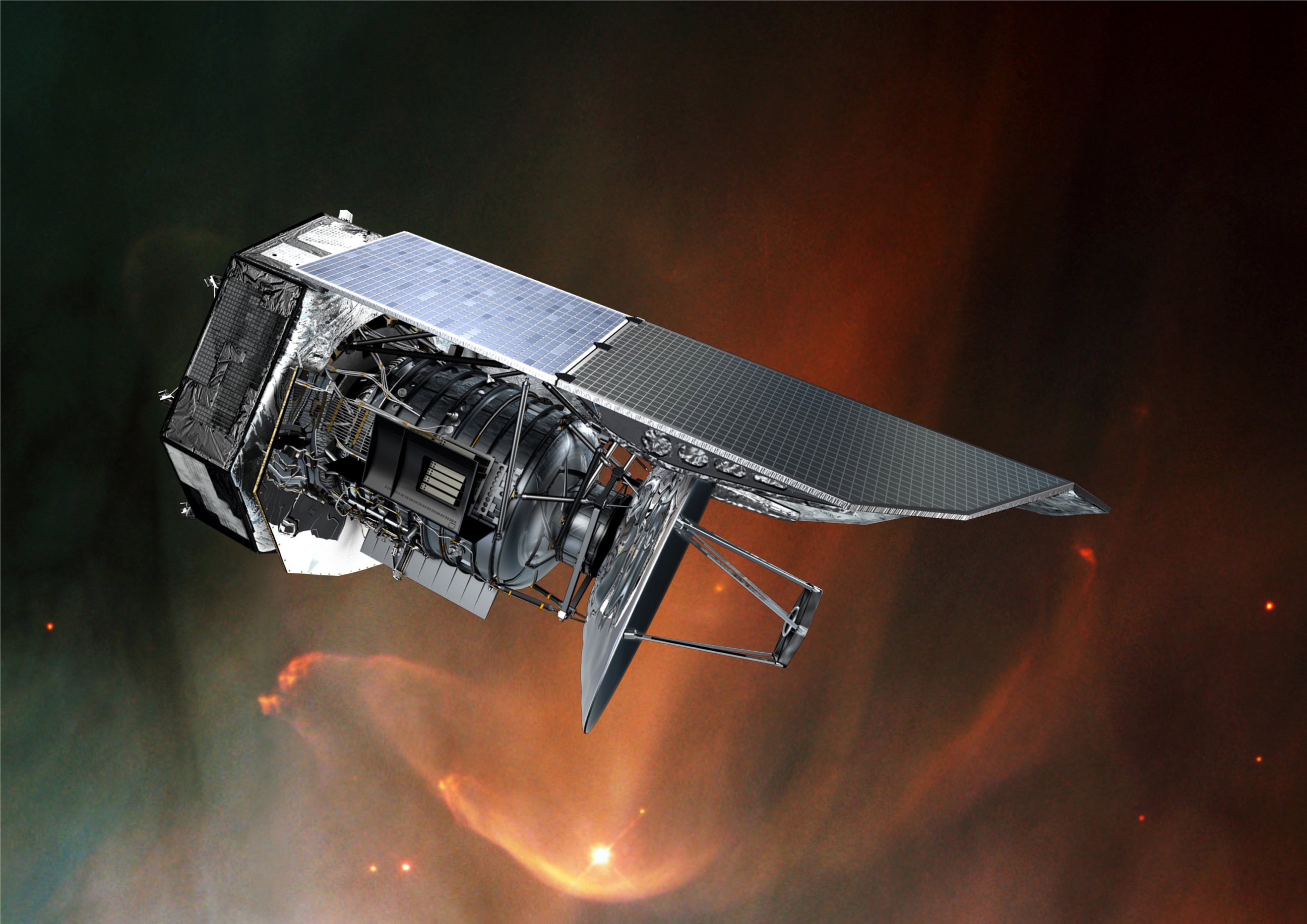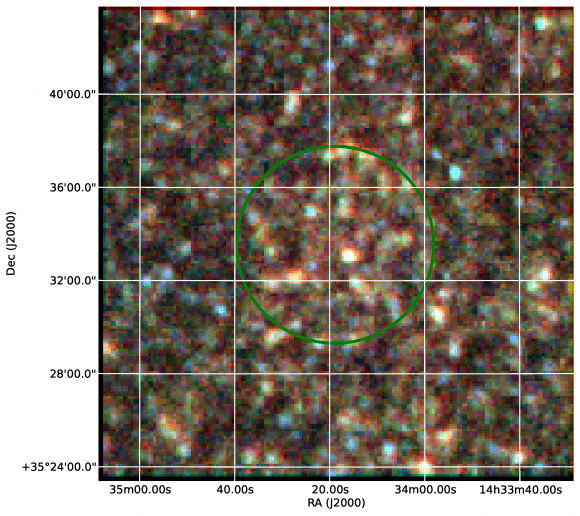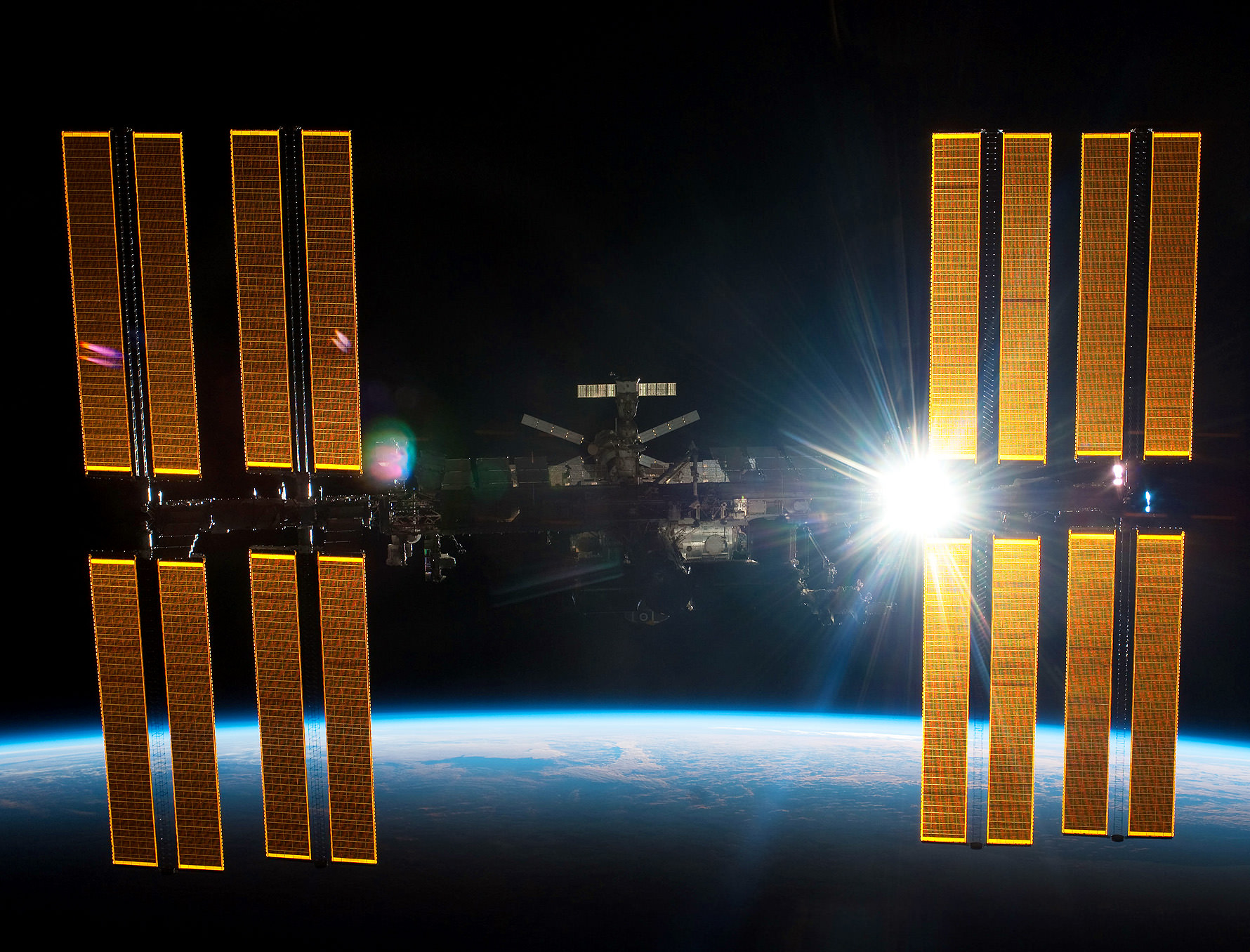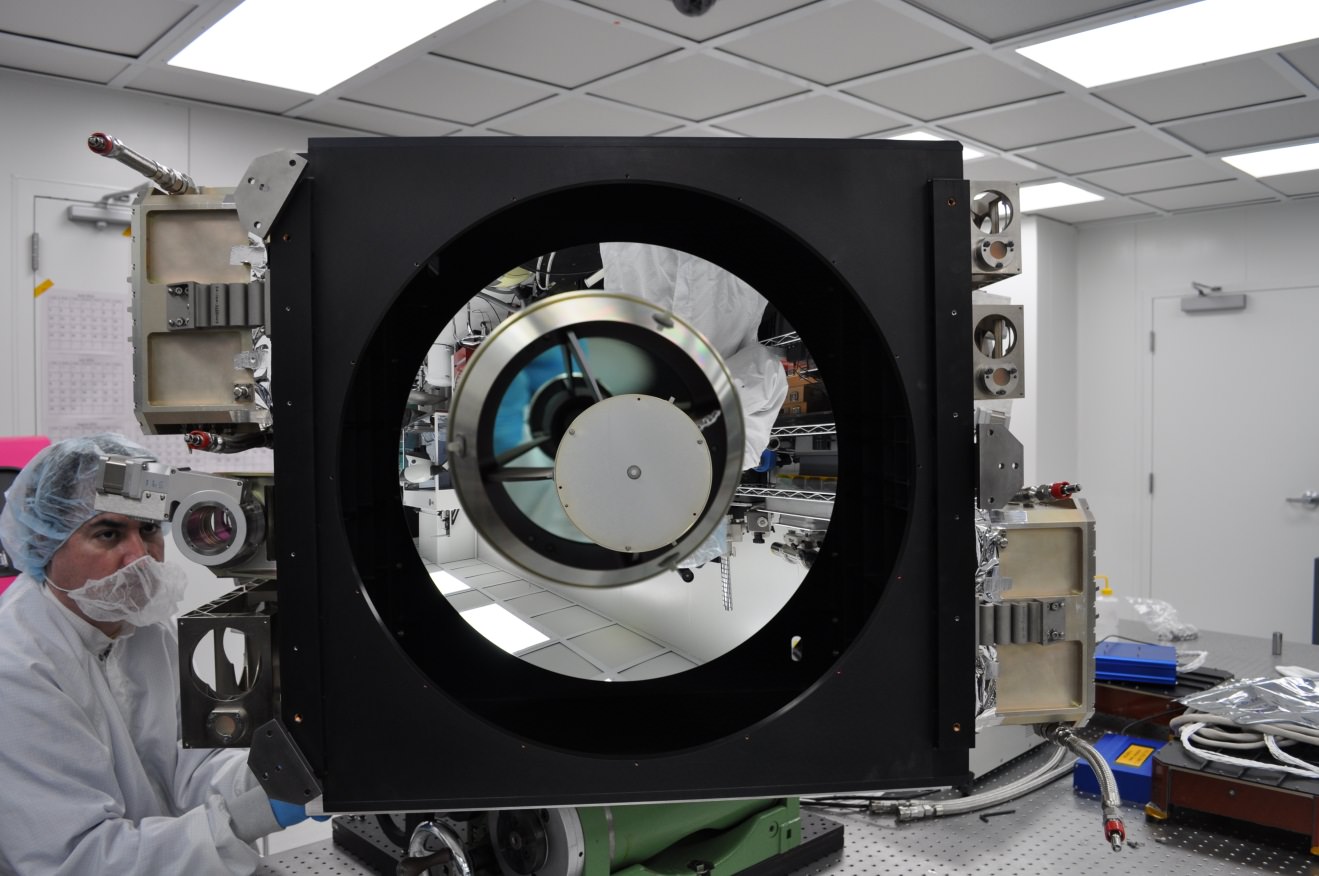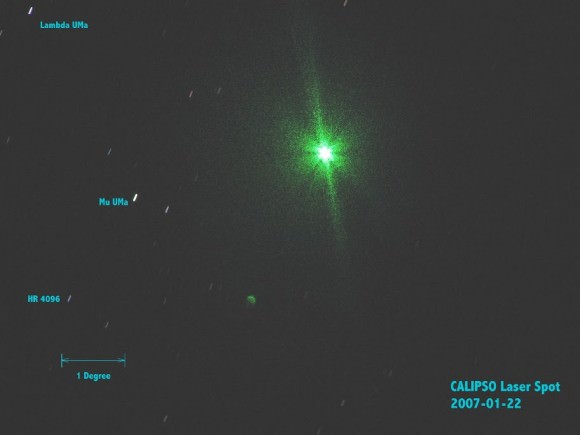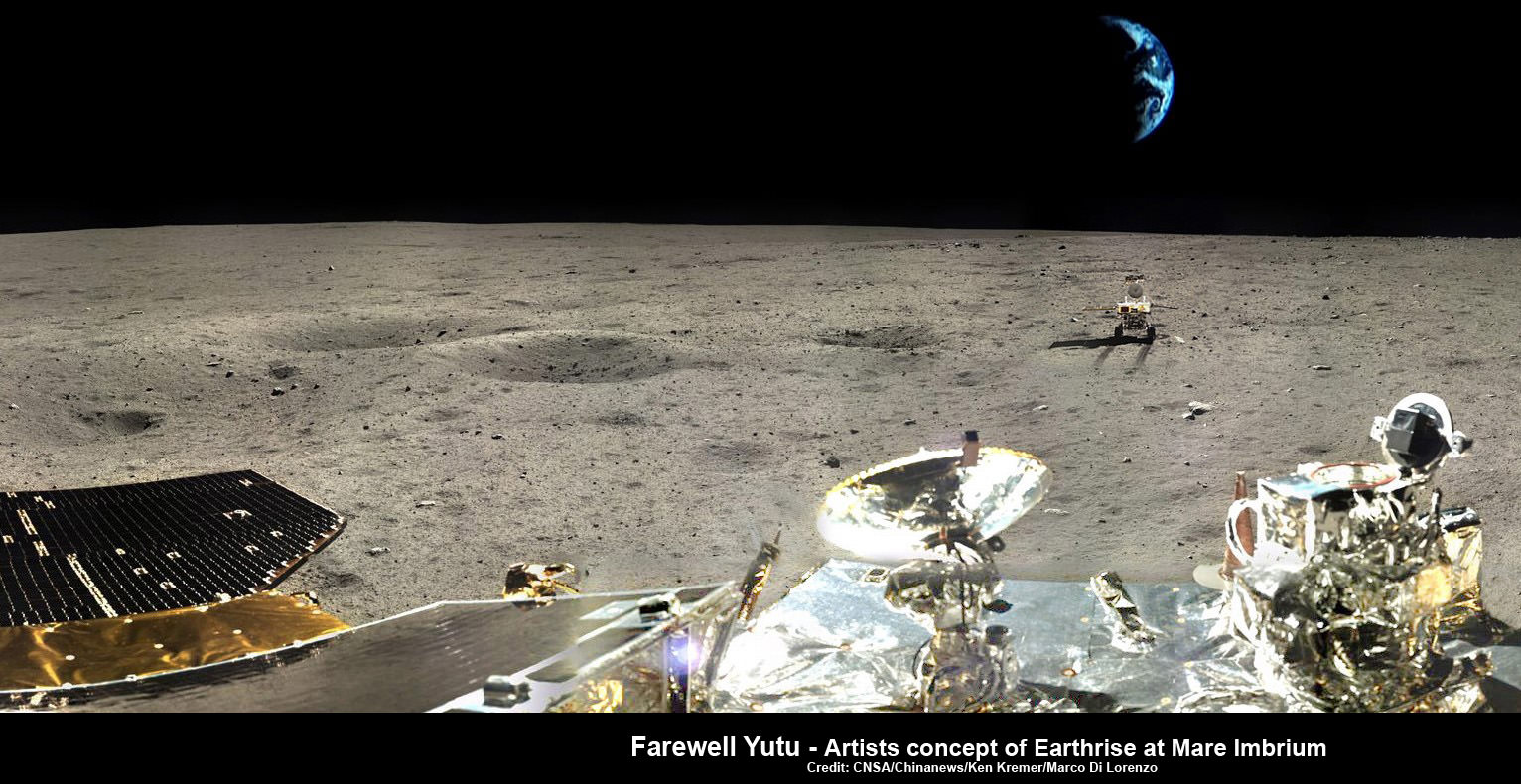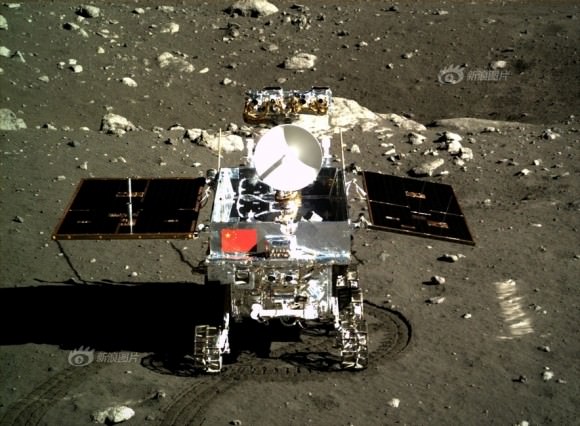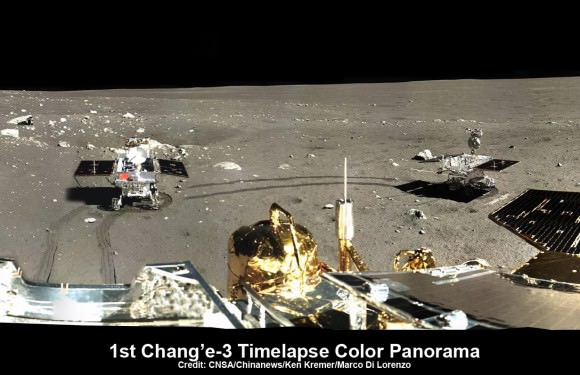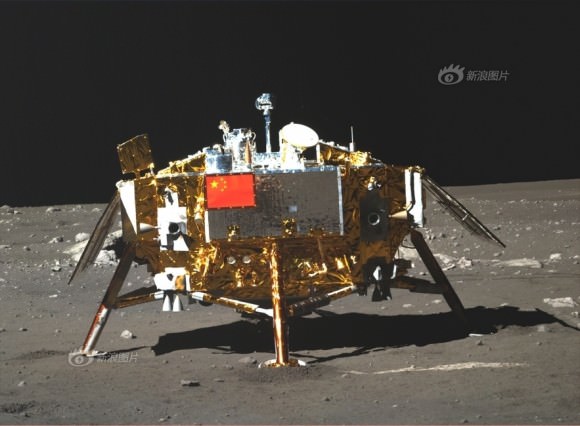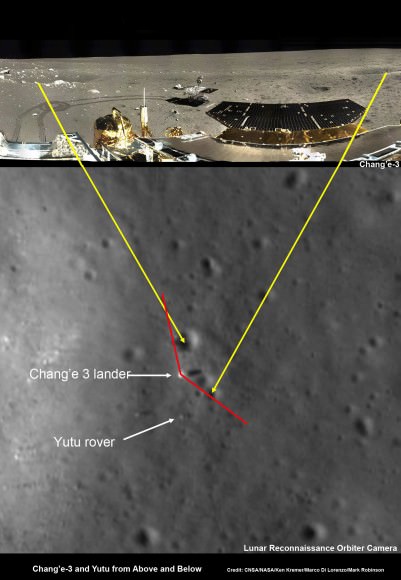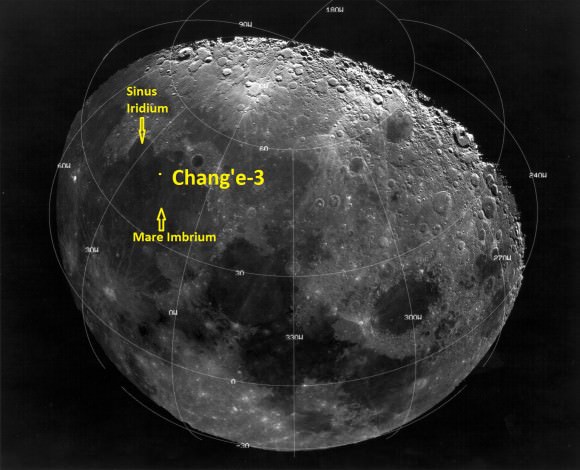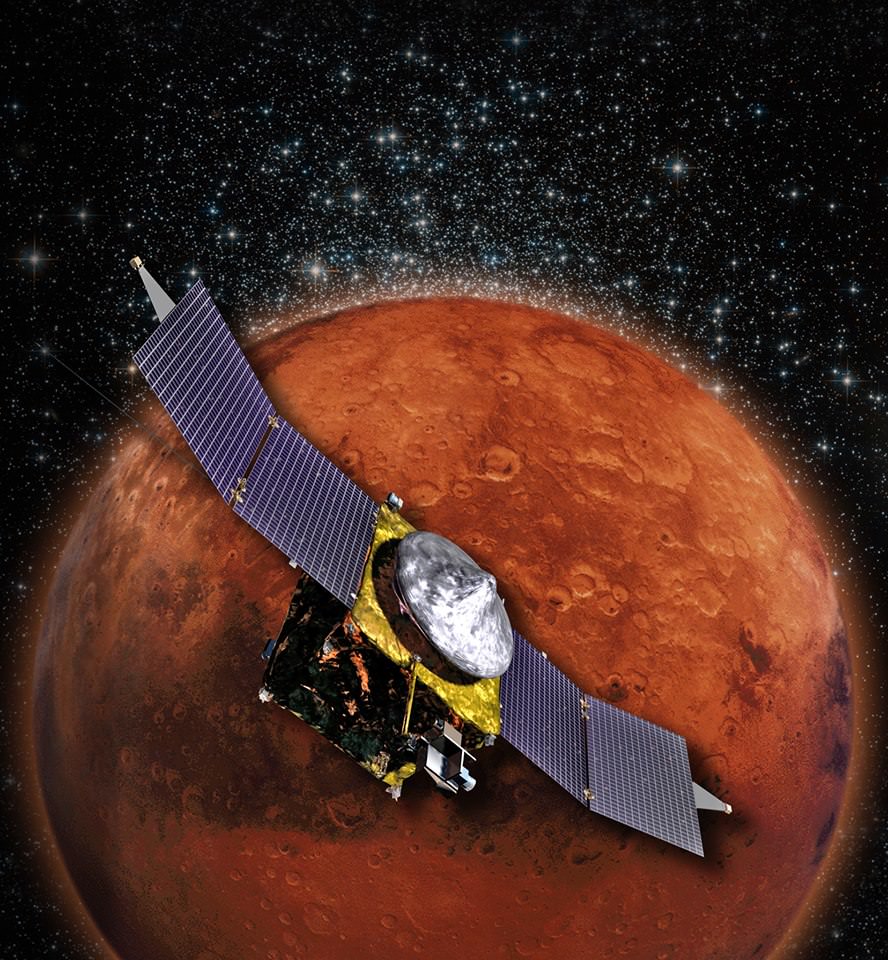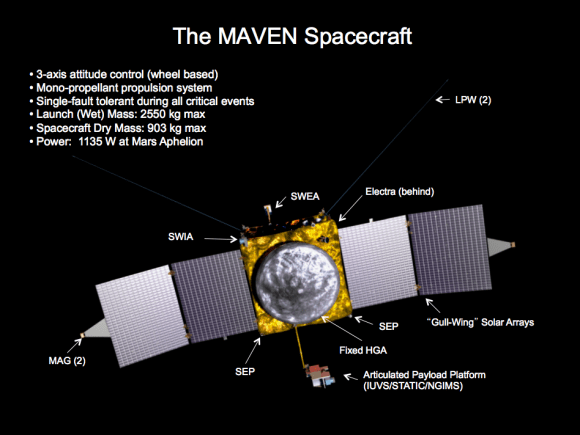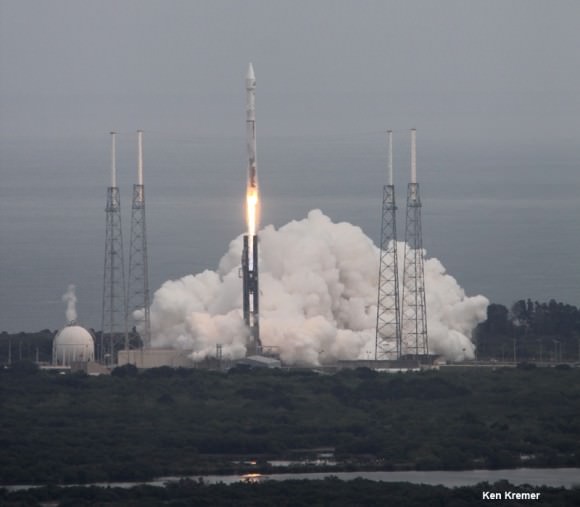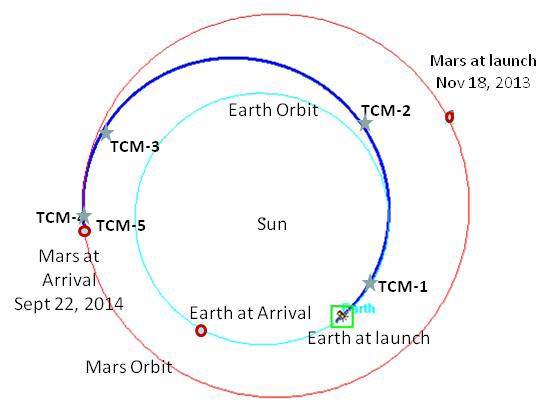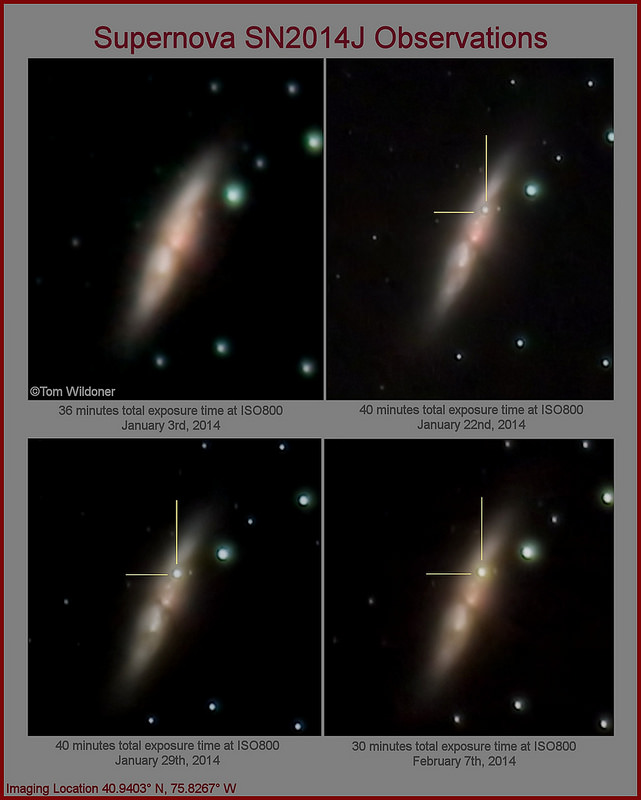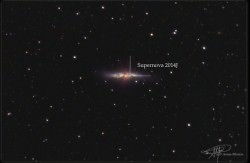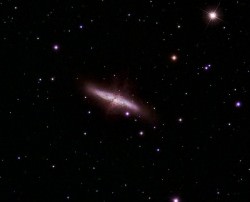When astronomers first discovered other planets, they were completely unlike anything we’ve ever found in the Solar System. These first planets were known as “hot jupiters”, because they’re giant planets – even more massive than Jupiter – but they orbit closer to their star than Mercury. Dr. Heather Knutson, a professor at Caltech explains these amazing objects.
“My name is Heather Knutson, and I’m a professor in the planetary science department here at Caltech. I study the properties of extrasolar planets, which are planets that orbit stars other than the sun, so mostly these are our closest exoplanetary neighbors. We’re not talking about planets in other galaxies – we’re mostly talking about planets which are in the same part of our own corner of our galaxy. So these are around some of the closest stars to the sun.”
What is a hot jupiter?
“The planets that I’ve found the most surprising, out of all of the ones I’ve discovered so far, I guess the sort of classic example, is that we’ve see these sorts of giant planets which are very similar to Jupiter, but orbit very much closer in than Mercury is to our sun, so these planets orbit their sun every two or three days and are absolutely getting roasted. We know that they couldn’t have formed there – they had to have formed farther out and migrated in, so what we’re still trying to understand are what are the forces that caused them to migrate in, whereas Jupiter seems to have migrated a little bit but more or less stayed put in our own solar system.”
What do hot jupiters mean for our understanding our own Solar System?
“The implications of these “hot jupiters” as we call them are actually huge for our own solar system, because if you want to know how many potentially habitable earthlike planets are out there, having one of these giant planets just rampage their way though the inner part of the planetary system, and it could toss out your habitable earth and put it into either a much closer orbit or a much further orbit. So knowing how things have moved around will tell you a lot about where you might find interesting planets.”
What is their atmosphere like?
“So, the atmospheres of hot jupiters are very exotic, by solar system standards. They typically have temperatures of a thousand to several thousand Kelvin, so at these temperatures these planets could have clouds of molten rock, for example. They have atmospheric compositions that would seem very exotic to us – they’re actually more similar to the compositions of relatively cool stars, so we have to adapt to describe these planets – we actually use stellar models to describe their atmospheres. We think that they’re also probably also tidally locked, which is very interesting because it means that one side of the planet is getting all of the heat and the other side is sort of in permanent night. And one thing we do is to try and understand the effect that has on the weather patterns on these planets, so you have winds that are pretty good at carrying that around the night side and mixing everything up, or do these planets have these just extreme temperature gradients between the day side and the night side.”
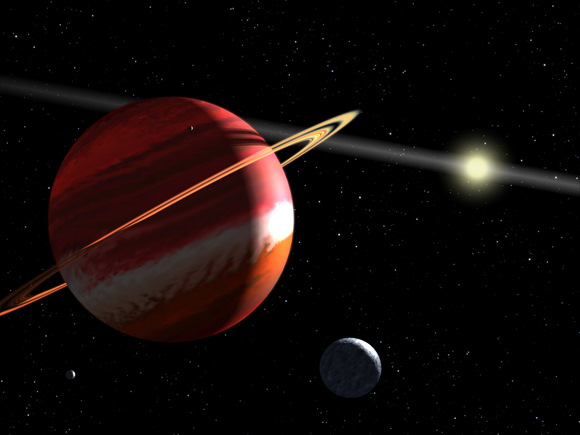
How’d they get there?
“So, we have a couple of theories for how hot jupiters may have ended up in their present day orbits. One theory is, that after they formed, that they were still embedded in the gas disc where they formed, and maybe they interacted with the disc as such that it kind of torqued and pulled them and so that’s kind of an early migration theory. There’s also a late migration theory version where when after the disc had gone away, these planets had interacted with a third body in the system, so maybe you had another distant massive planet or maybe you had a planet that was part of a binary star system, and those three body interactions excited a large orbital eccentricity in the innermost planet, and once it starts coming in closer to the star, the tides start to damp out the eccentricities, so what you end up with is something which is a gas giant planet in a very short period circular orbit.
So that’s kind of a more complicated story, but there are some clues in the data that might be true for at least a subset of the hot jupiters that we study.”

